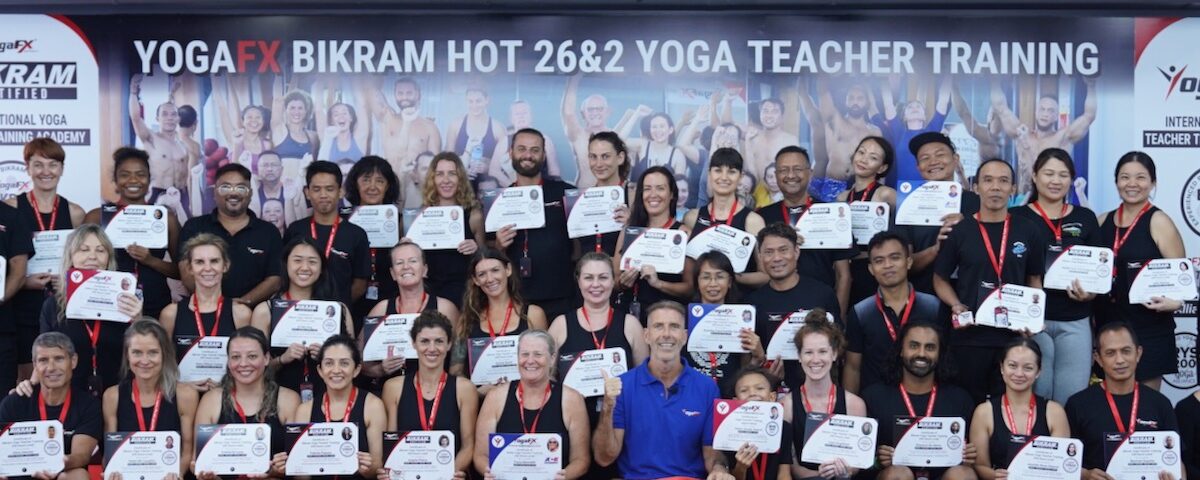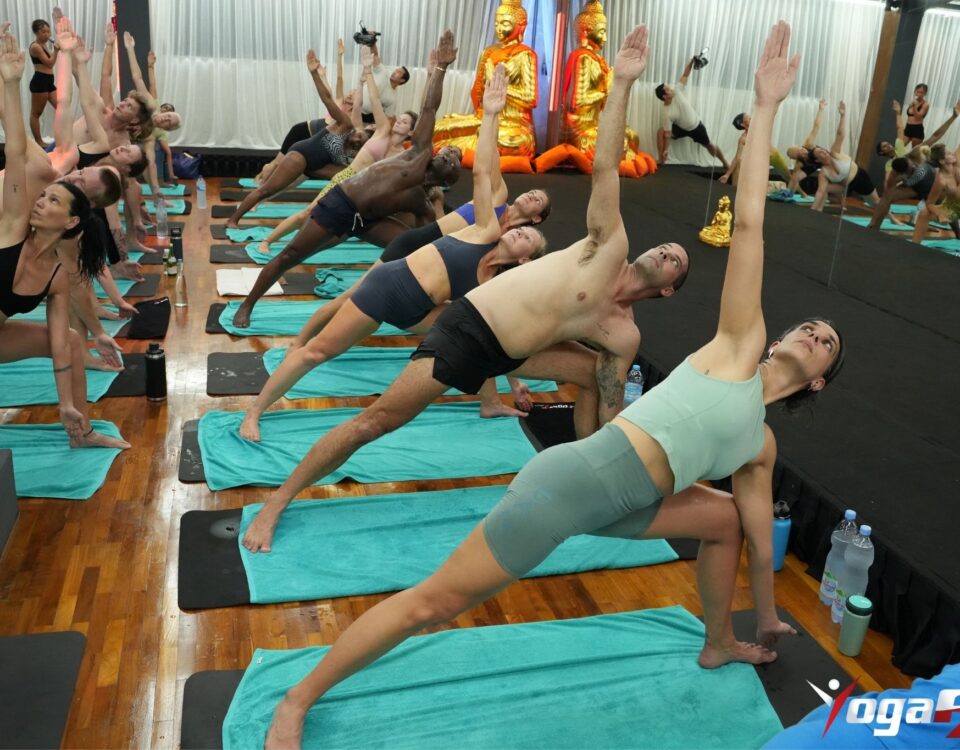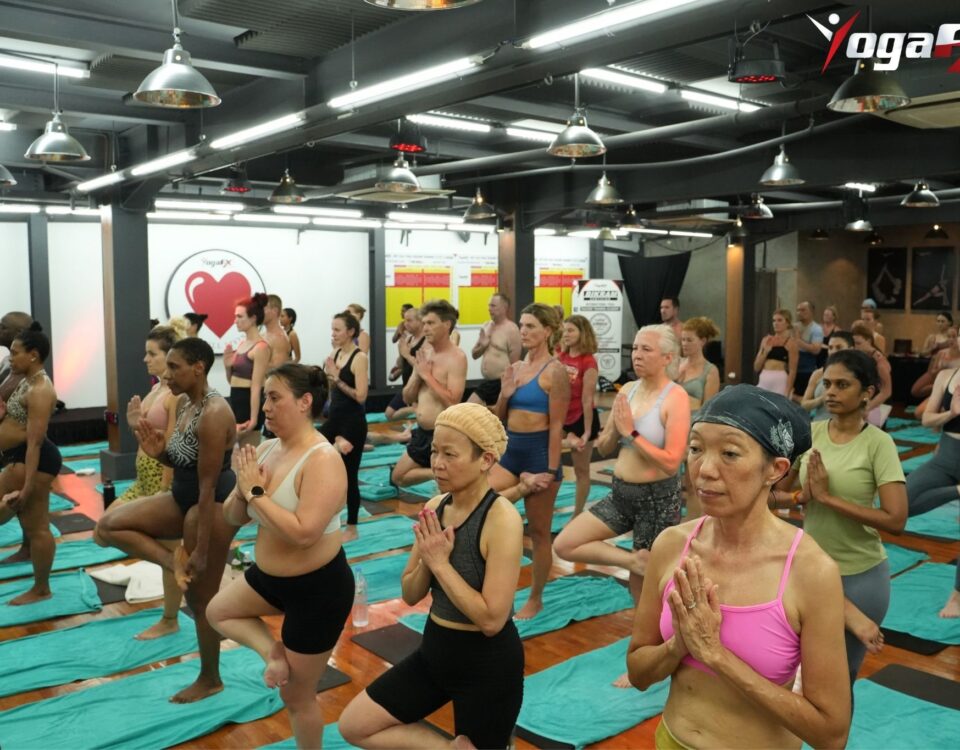
If you’re dreaming of becoming a yoga teacher, you may have heard about Yoga Alliance and wondered, “Is Yoga Alliance worth it?”
It’s one of the most well-known credentials in the yoga industry, but is it essential for every aspiring teacher?
This article explores what Yoga Alliance is, what it offers, its benefits, and the downsides, helping you decide whether Yoga Alliance certification fits your personal and career goals.
What is Yoga Alliance?
Yoga Alliance is a nonprofit organization in the United States that certifies yoga schools and registers teachers who have completed training programs that meet their standards.
Yoga Alliance is known for setting specific educational standards, including 200-hour (RYT-200) and 500-hour (RYT-500) programs, both common in yoga teacher training.
While Yoga Alliance is highly recognized in the U.S., it’s also acknowledged by studios and teachers worldwide, making it an option for anyone seeking a globally accepted credential.
Yoga Alliance offers a few different certification levels:
- RYT 200: The Registered Yoga Teacher 200-hour certification is the basic level that most teachers start with.
- RYT 500: This certification adds 300 hours of training beyond the 200-hour course, totaling 500 hours.
- E-RYT: The Experienced Registered Yoga Teacher credential is awarded to teachers who complete additional training and teaching hours.
Yoga Alliance’s certification shows that a teacher has met certain standards, but it’s not a guarantee of skill or experience.
It’s also not legally required to teach yoga in most places, making it optional but helpful depending on your goals.
Benefits of Yoga Alliance Certification
If you’re considering becoming a Yoga Alliance certified teacher, here are some reasons why it might be a valuable investment for you.
Global Recognition
One of the biggest perks of Yoga Alliance certification is its global recognition. The Yoga Alliance seal is well-respected worldwide, and many studios look for it when hiring new teachers.
This is especially helpful if you plan to teach internationally or want to apply for jobs at well-known studios, as Yoga Alliance membership adds a level of professionalism to your credentials.
Sets Minimum Standards for Training
Yoga Alliance has created a curriculum standard that ensures every certified school covers certain key areas, such as:
- Yoga Anatomy and Physiology: Understanding the body’s structure, how it moves, and how to keep students safe during poses.
- Yoga Philosophy: Diving into the history of yoga, its ethical teachings, and spiritual practices.
- Teaching Methodology: Learning effective ways to guide students, adjust poses, and sequence classes.
These standards are particularly useful for new teachers who need a structured introduction to yoga, helping them gain a foundational understanding of yoga practices, history, and safety.
Support and Community
Yoga Alliance membership offers access to resources and a global community of teachers. Members can attend workshops, webinars, and classes that cover various yoga topics, keeping their skills fresh and allowing them to learn from other professionals. This community can be especially helpful for newer teachers looking for support, networking opportunities, or inspiration.
Credential for Studios and Hiring Managers
Many yoga studios list “Yoga Alliance certification” as a requirement or preference when hiring teachers. This credential can give you a head start in the job application process and make your resume stand out in certain studio settings.
Insurance Benefits
Yoga Alliance members in the U.S. can access insurance options at discounted rates. Having liability insurance is important, as it protects teachers financially in case a student is injured in class. For teachers in the U.S., the Yoga Alliance discount can help reduce the cost of insurance.
Drawbacks of Yoga Alliance Membership
Yoga Alliance certification has its benefits, but it’s not for everyone. Here are some of the main downsides.
Limited Regulation and Quality Control
Although Yoga Alliance certifies schools, they don’t actively monitor teaching quality after certification. Once a school or teacher is registered, there’s no ongoing evaluation to ensure they maintain high standards. This has led to criticism that some certified programs may not be as rigorous as they should be.
Yoga Alliance also does not assess each teacher individually once they are certified. Some teachers may leave their training feeling unprepared to lead a class effectively, highlighting that certification alone is not enough for everyone to become a skilled teacher.
Not Always Necessary
If you plan to teach independently, online, or in private settings, many students may not care whether you have Yoga Alliance certification. They’re often more interested in your teaching skills, how well you connect with them, and how effectively you guide them in their practice. In these cases, Yoga Alliance membership may not be worth the cost.
Cost of Certification
Yoga Alliance membership includes an initial cost of around $115–$150, with an annual renewal fee of $65. For teachers who are already experienced, these fees may feel like unnecessary expenses, especially if they don’t plan to use Yoga Alliance’s other benefits like the community or insurance discounts.
Basic Standards May Not Be Enough
Yoga Alliance’s 200-hour minimum standard for certification is considered low by some experienced yoga practitioners. The journey to becoming a great teacher often requires much more study, practice, and mentorship. If you want to delve deeply into anatomy, yoga philosophy, or meditation, you might need to supplement a Yoga Alliance-approved program with additional workshops or mentorship.
Is Yoga Alliance Certification Necessary to Teach?
Here’s a common question: Do you need Yoga Alliance certification to teach yoga? The simple answer is no. Yoga Alliance certification is respected, but it’s not legally required to teach yoga in most places.
Many successful teachers have built their careers without it, focusing instead on growing their personal practice, learning from mentors, and gaining experience in the field.
If your goal is to teach at a specific type of studio, Yoga Alliance certification might be helpful. But if you’re teaching independently, online, or for smaller studios that care more about your skills and experience, certification may not be essential.
Why Choosing the Right Yoga School Matters More
While Yoga Alliance certification can add to your credentials, choosing the right yoga school often has a bigger impact on your teaching journey.
A high-quality yoga school can give you the tools and experience you need to succeed, with or without formal certification.
Here’s why the school itself matters so much:
Deeper Training and Philosophy
Good yoga schools go beyond basic standards, offering an in-depth curriculum that covers both the physical and philosophical aspects of yoga. They prioritize a balanced approach to yoga, blending physical postures, meditation, anatomy, and spiritual growth.
Experienced Instructors and Mentorship
A well-chosen school will have experienced teachers who can mentor you and offer feedback. The best schools create a nurturing environment that helps you develop your teaching style, understand the needs of different students, and grow your own personal practice.
Real-Life Teaching Practice
Hands-on teaching practice is a crucial part of becoming a confident yoga teacher. Many top schools include real-life teaching opportunities as part of their program, allowing you to lead classes under the supervision of experienced instructors. This experience is often more valuable than a certificate alone.
Specialization Opportunities
Some schools offer specialized programs that let you focus on specific styles, like Bikram Hot Yoga, Vinyasa, or Yin. This expertise can make you stand out in a crowded job market and attract students who are looking for a specific experience.
Alternatives to Yoga Alliance Certification
If you decide Yoga Alliance isn’t the right path, there are other ways to grow as a teacher and build your credentials. Here are some options:
- Specialized Certifications
Many schools offer advanced training in specific yoga styles, like prenatal yoga, yoga therapy, or trauma-sensitive yoga. These programs can add to your skills and appeal to a broader audience. - Mentorship Programs
Finding a mentor who can guide you is invaluable. Mentorship often includes hands-on experience, feedback on your teaching style, and advice on how to deal with real-world challenges. - Workshops and Continuing Education
Attending workshops or advanced courses can keep your practice fresh and inspire you. Specialized training can help you deepen your knowledge and develop skills that go beyond a standard 200-hour program.
Is Yoga Alliance worth it?
So, is Yoga Alliance worth it? The answer depends on what you’re looking to achieve. If you plan to teach in major studios, travel internationally, or want to tap into Yoga Alliance’s network and resources, the certification may be helpful. But if you’re looking to teach independently, offer online classes, or work in settings where your skills matter more than credentials, Yoga Alliance might not be essential.
Choosing the right yoga school, building experience, and staying committed to ongoing learning often have a more profound impact on your teaching success than certification alone.
Becoming a skilled, impactful yoga teacher is a journey, and Yoga Alliance certification is just one part of it. Whether or not you pursue certification, remember that ongoing study, personal practice, and a genuine passion for yoga will make you a great teacher.


